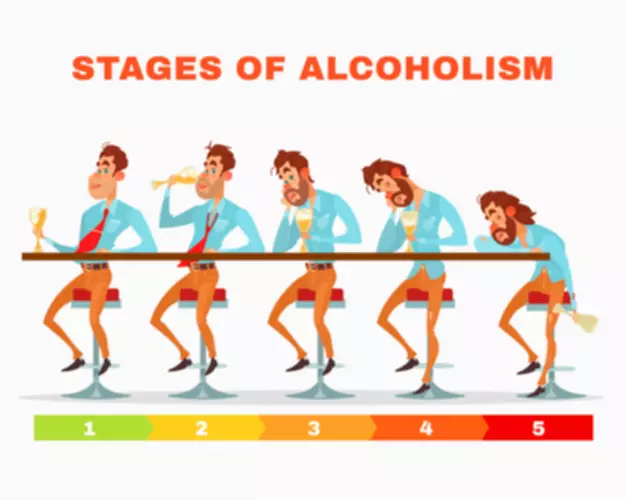But sometimes triggers can’t be avoided—you accidentally encounter someone or pass a place where you once used. Moreover, the brain is capable of awakening memories of drug use on its own. Craving is an overwhelming desire to seek a substance, and cravings focus all one’s attention on that goal, shoving aside all reasoning ability. Perhaps the most important thing to know about cravings is that they do not last forever.
Real-world effectiveness of single-dose tafenoquine for P. vivax relapse prevention confirmed in retrospective … – Medicines for Malaria Venture
Real-world effectiveness of single-dose tafenoquine for P. vivax relapse prevention confirmed in retrospective ….
Posted: Tue, 05 Mar 2024 08:00:00 GMT [source]
However, at this time, breathalyzers are only able to detect alcohol, so they may not provide deterrence against relapse on other substances unless combined with random urine drug screens. Smartphone technology has resulted in remote breathalyzer programs in which an individual can provide a sample into a Bluetooth-connected breathalyzer while the mobile phone takes a picture to confirm their identity. The final stage of relapse occurs when an individual resumes the use of the substance. Some researchers have differentiated a “lapse” (an initial use of the substance) from a “relapse” (uncontrolled use of the substance).
Cognitive Behavioral Therapy for Relapse Prevention
To understand the importance of self-care, it helps to understand why most people use drugs and alcohol. It helps to acknowledge these benefits in therapy so that individuals can understand the importance of self-care and be motivated to find healthy alternatives. They want to prove that they have control over their addiction and they are not as unhealthy as people think. Joining a self-help group has been shown to significantly increase the chances of long-term recovery. The combination of a substance abuse program and self-help group is the most effective [22,23]. But clients and families often begin recovery by hoping that they don’t have to change.
The various forms of therapy share many common elements, and a combination of different approaches are useful for an individual. Researchers and practitioners have identified multiple steps which help to explain https://ecosoberhouse.com/ the progression of many individuals through the process of recovery. During a mental relapse, the patient has an internal struggle between the desire to resume using and the desire to remain abstinent.
What’s Included in a Relapse Prevention Plan
RP skills in MET/CBT include assertive drink and drug refusal, strategies to obtain social support, developing a plan for fun sober activities, and problem solving for high-risk situations and a lapse if it occurs. Along with the client, the therapist needs to explore past circumstances and triggers of relapse. Also, the client https://ecosoberhouse.com/article/9-most-important-relapse-prevention-skills-in-recovery/ is asked to keep a current record where s/he can self-monitor thoughts, emotions or behaviours prior to a binge. One is to help clients identify warning signs such as on-going stress, seemingly irrelevant decisions and significant positive outcome expectancies with the substance so that they can avoid the high-risk situation.

However, the normalization of relapses can reduce the urgency for providers, patients, and support individuals to prevent them from occurring. Countless individuals lose their employment, families, freedom, and even lives as a consequence of relapses. Three of the most common relapse prevention strategies have included therapy and skill development, medications, and monitoring. This activity describes relapse prevention interventions used in helping individuals recover from addiction.